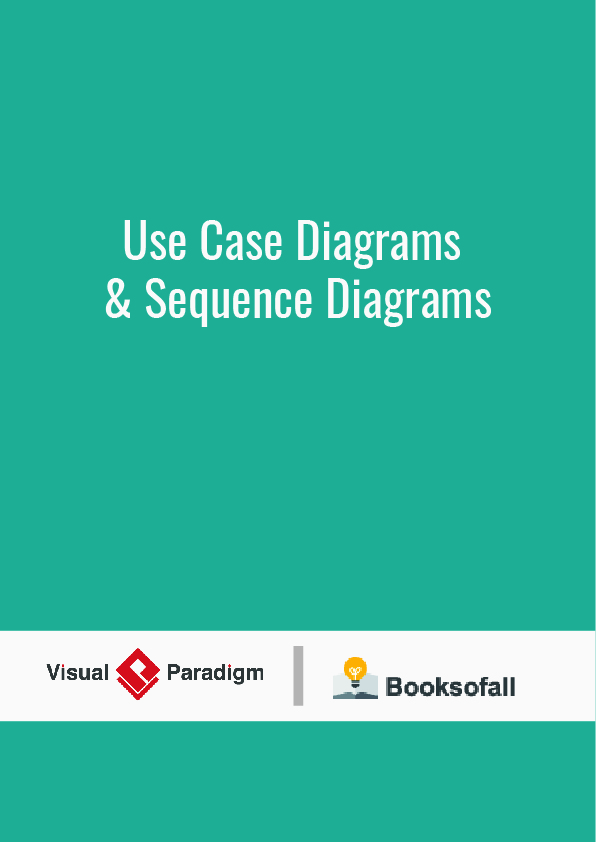Unified Modeling Language (UML)
The Unified Modeling Language (UML) is a general-purpose, developmental, modeling language in the field of software engineering that is intended to provide a standard way to visualize the design of a system.
The creation of UML was originally motivated by the desire to standardize the disparate notational systems and approaches to software design. It was developed at Rational Software in 1994–1995, with further development led by them through 1996.
In 1997, UML was adopted as a standard by the Object Management Group (OMG), and has been managed by this organization ever since. In 2005, UML was also published by the International Organization for Standardization (ISO) as an approved ISO standard. Since then the standard has been periodically revised to cover the latest revision of UML. In software engineering, most practitioners do not use UML, but instead produce informal hand drawn diagrams; these diagrams, however, often include elements from UML.
Component (UML)
A component in the Unified Modeling Language represents a modular part of a system that encapsulates the state and behavior of a number of classifiers. Its behavior is defined in terms of provided and required interfaces, is self-contained, and substitutable. A number of UML standard stereotypes exist that apply to components.
A component has an external and internal view, also known as “black-box” and “white-box”, respectively. In its external view, there are public properties and operations. For its internal view, there are private properties and realizing classifiers and shows how external behavior is realized internally.
A component may be replaced at design time or run-time by another if and only if their provided and required interfaces are identical. This idea is the underpinning for the plug-and-play capability of component-based systems and promotes software reuse. Larger pieces of a system‘s functionality may be assembled by reusing components as parts in an encompassing component or assembly of components, and wiring together their required and provided interfaces.
A component acts like a package for all model elements that are involved in or related to its definition, which should be either owned or imported explicitly. Typically the classifiers related to a component are owned by it.
Components of a system are modeled by means of component diagrams throughout the development life cycle and successively refined into deployment and run-time.
In diagrams, components are shown as a rectangle with the keyword «component». Optionally, in the right hand corner a component icon can be displayed. This is a rectangle with two smaller rectangles protruding from its left hand side. If the icon symbol is shown, the keyword «component» may be hidden as seen to the side.











